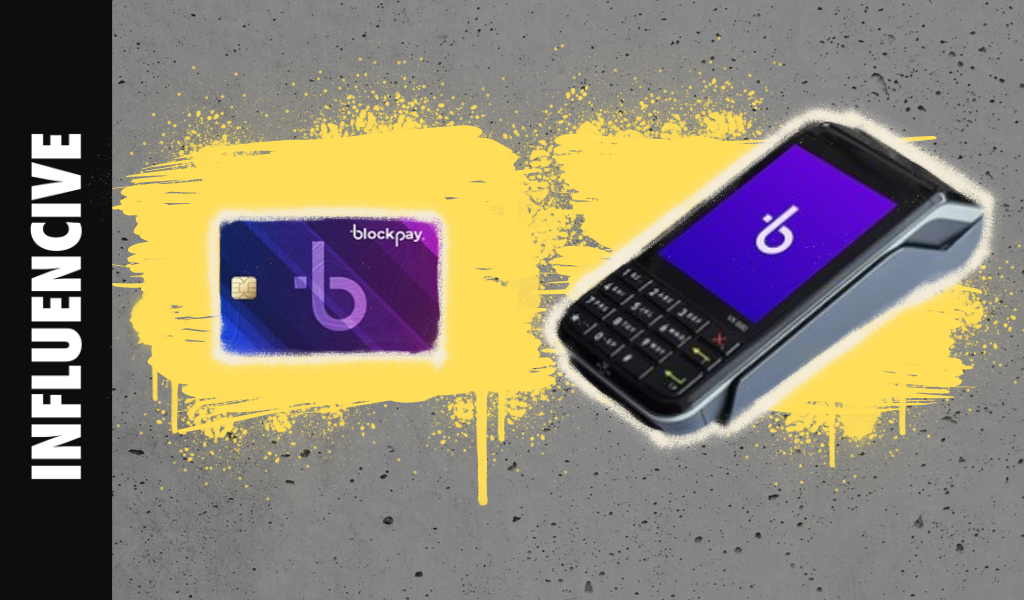Block Pay is Mexico’s newest payment processor and as you might have guessed they chose to utilize Avalanche for their blockchain service. If you’re even somewhat familiar with Avalanche, you know they’ve been building throughout the entire bear market. But recently they’ve been increasing operations. Every week it seems like new partnerships are announced or a new project launches on a subnet or some other type of bullish news gets released (HyperSDK anyone?).
The announcement from Block Pay isn’t even new, but it might have slipped under the radar a little bit. Back in October 2022, Block Pay announced they would be building their ecosystem utilizing an Avalanche subnet for recording and validating all transactions that occur in the Block Pay network. With that said, let’s take a look at the components of Block Pay and why this is bullish for Mexico, Avalanche, and Blockchain tech.
Components of Block Pay
Terminals
This is the piece of equipment where the user swipes or taps their card to make a payment. It’s a handheld device, maybe a little smaller than the terminals you see throughout the States. The terminals can be connected via Wi-Fi, have chip readers, and can print receipts. They accept Visa, Mastercard, American Express, and Carnet cards. Block Pay says that owners of the terminals can sell anything their hearts desire and advertise the terminals as a way to increase sales by accepting credit cards. It’s also nice that the terminals are powered by 250 mAh batteries capable of holding a 3-hour charge.
Cards
Each Block Pay card is a prepaid debit/credit card that can be funded with $BTC and stablecoins on the Avalanche network. Particularly interesting is a recent announcement from Mastercard stating that crypto wallets can be used to approve payments through a partnership with Immersive. So in theory, a user could have a Block Pay Mastercard, fund it with $BTC or $USDC on Avalanche, then use it for transactions in the real world or in web3 applications. The cards are internationally accepted, rechargeable at any time, and provide rewards and incentives.
Blockchain
The Block Pay system is being built on an Avalanche subnet and will have its own token called $BPAY. The token is required to be held in order to be a validator or delegator. Validators will be rewarded with what appears to be 15% APY. Essentially, after a transaction is made with the Block Pay card, it gets registered in a central database and then gets sent to the subnet to be secured, validated, and stored.
Bullish Final Thoughts
It’s important to keep in mind that the Mexican Peso (MXN) has been doing quite well lately. This may be due to manufacturing in Mexico seeing 1.6% growth in 2022. Or, it could be due to higher levels of tourism. Finally, one more bullish indicator for Mexico is that foreign direct investment hit $35.29 billion in 2022, an increase of 12% from 2021. It could be a really good time to invest in Mexico, Block Pay, and definitely Avalanche which will allow all these transactions to take place on the blockchain.
This is a Contributor Post. Opinions expressed here are opinions of the Contributor. Influencive does not endorse or review brands mentioned; does not and cannot investigate relationships with brands, products, and people mentioned and is up to the Contributor to disclose. Contributors, amongst other accounts and articles may be professional fee-based.

